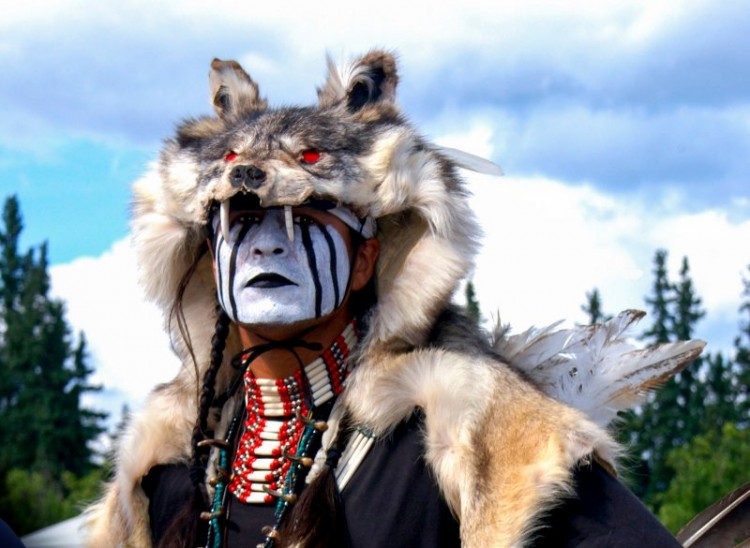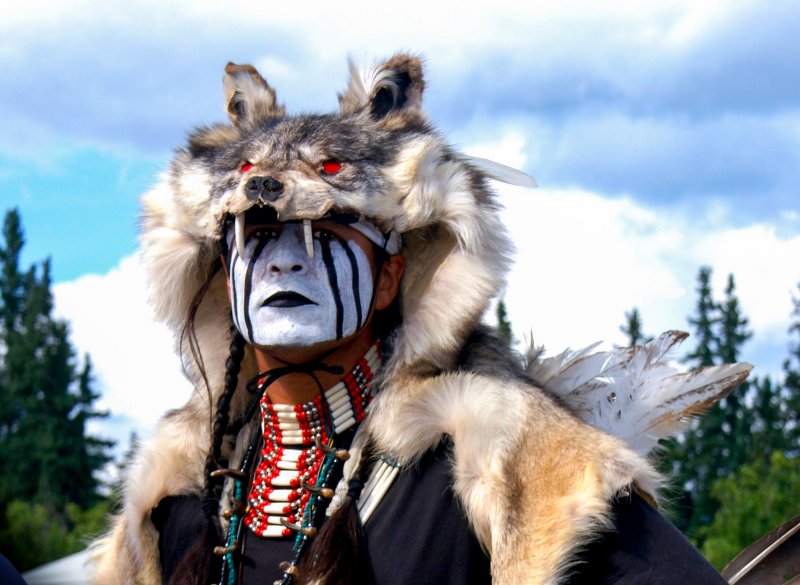This is a must read
Wolves and their canine descendants are among our oldest animal partners, and yet we continue to hunt and kill them out of irrational fears that blind us to their many benefits.
The story of a wolf suckling the abandoned brothers Romulus and Remus at the creation of Rome may be allegorical, but wolves did forever change the human story. Their domestication stands alongside language, fire, and plant cultivation as one of the major innovations that most altered the fortunes of humanity. “It’s hard to see how early herders would have moved and protected and guarded their folks without domestic dogs being in place, and one has to wonder whether agriculture would ever have really made it as a viable alternative to hunting and gathering,” said Peter Rowley-Conwy, a professor of archaeology at Durham University. It’s no exaggeration to say that nearly all human exchange, from early bartering to the on-line transactions in the information age, have necessarily been built on the foundation stones of these developments. The wolf and its descendants have been part of the humane economy longer than any other species.
While many Native American tribes revere wolves, and place them at the center of their creation stories, many other Americans have succumbed to the cartoonish “big bad wolf” narrative and done the opposite. Throughout much of U.S. history, wolves have been ruthlessly persecuted. In his 1880 annual report, Yellowstone National Park Superintendent Philetus Norris wrote that “the value of their [wolves and coyotes] hides and their easy slaughter with strychnine-poisoned carcasses have nearly led to their extermination.” Around the turn of the century, the federal government hired professional hunters and trappers to amass a body count of wolves, and state governments provided bounties on them. By the early ’70s, just after the U.S. Congress enacted a comprehensive Endangered Species Act to protect them and so many other imperiled species, wolves were hanging on only in the northern reaches of Minnesota—and at Isle Royale in Lake Superior.
Increasingly wildlife science is revealing the critical part that wolves play in maintaining robust ecosystems. Aldo Leopold, the father of modern-day wildlife management, renounced his killing of wolves in his classic book, A Sand County Almanac. He came to recognize, even in his days as a young forester, that wolves were anything but pests. They were critical actors in maintaining balance in ecosystems, and he saw the harmful effects of their removal, by predator control programs, in Arizona’s Kaibab National Forest.
In their decades of work at Isle Royale, wildlife biologists John Vucetich and Rolf Peterson have affirmed Leopold’s conclusion beyond all argument by showing how wolves limit the growth of prey populations—strengthening them by culling the weak, sick, or young, and preventing their numbers from expanding to the point where they denude the forest of saplings or strip bare the leaves of trees. Indeed, upon their reintroduction to Yellowstone, wolves immediately went to work reducing the high densities of elk and bison, forcing them to stop overgrazing meadows and riparian areas. These effects are documented in a popular video called “How Wolves Change Rivers,” based on a lecture by journalist and environmental advocate George Monbiot. The video has attracted more than 15 million views on YouTube.

Native American dancer at a gathering in Fairbanks, Alaska, displaying traditional respect for the wolf by incorporating it into his sacred costume.
The effects of wolves on livestock are also overblown. Data from Michigan’s Upper Peninsula and other parts of the country where wolves live show that they are responsible for a very small amount of killing—between 0.1 and 0.6 percent of all livestock deaths in these areas. A 2014 Washington State University study, conducted over a 25-year period, found that indiscriminate killing of wolves actually increases the tendency of wolves to prey on livestock. The reason may be that sport hunting and commercial trapping of wolves break up stable wolf packs, creating a younger, less experienced population, inexperienced in killing traditional prey and more likely to show opportunism and pick off a sheep or calf. And of course, farmers who deploy guard dogs as a highly successful strategy of protecting their flocks and herds from predators can thank the wolf itself for that service.
Source: Let’s Ditch the ‘Big, Bad Wolf’ Cliché – The Daily Beast

Comments
I watched the video “How Wolves change Rivers”, and feel that EVERYONE should watch this vital story of how important the Wolf is to our Eco System.
Wolves hunt to feed he pack. They only take he weak, and the sometimes sick prey.
Wolves mate for life. They are a very social animal within the pack.
They take care of their elders, and pups, and always shy away from humans. With good reason.
They keep our Eco System perfectly BALANCED. THEY DO NO HARM.